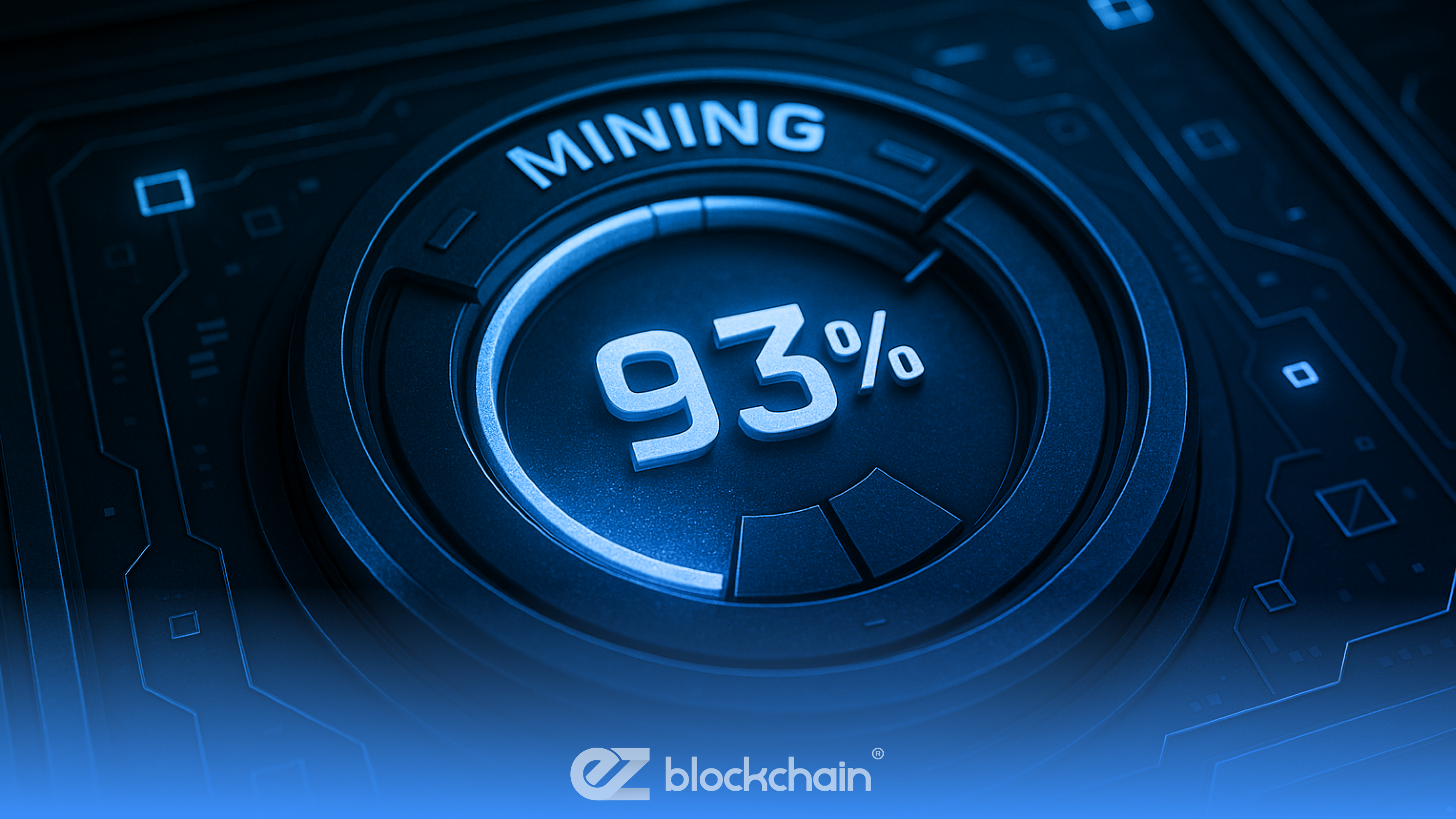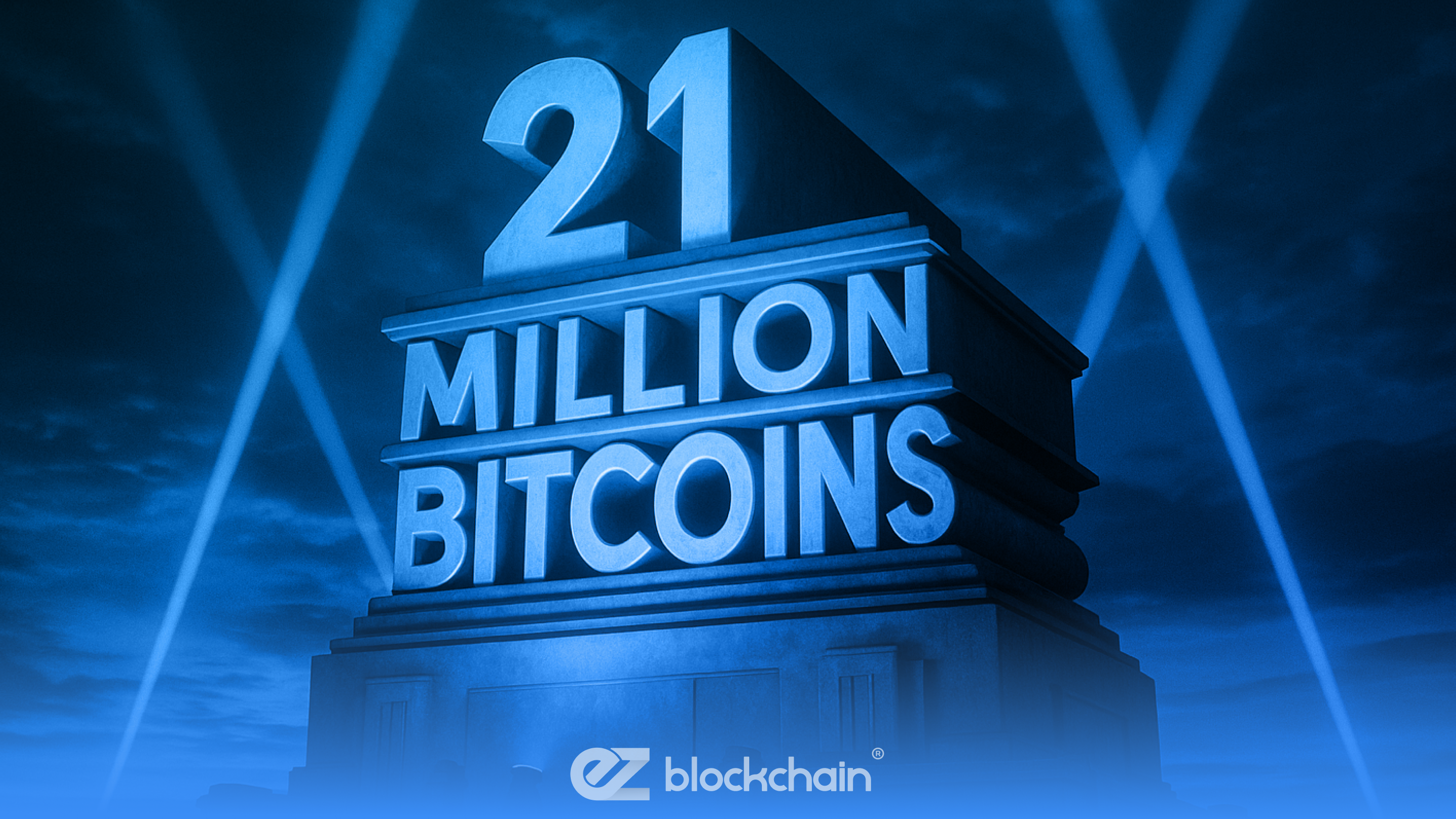Stay up to date with the latest news, announcements, and articles.
- How Mining Works on Different Hardware
- Gaming PCs vs. Mining Rigs
- Hardware requirements for efficient mining
- Comparing GPUs and ASICs
- Mining Profitability on a Gaming PC
- Electricity costs and efficiency
- Potential earnings by coin type
- ROI and payback period
- Risks of Mining on a Gaming PC
- Hardware wear and tear
- Overheating and cooling requirements
- Voiding guarantees
- Alternatives to Mining on a Gaming PC
But things have changed, and many up-and-coming crypto enthusiasts are simply intimidated by words like ASIC, expensive hosting services, and new hardware purchases. Some of them can’t help but wonder — Can you mine Bitcoin with GPU in 2025?
This article answers that question by exploring how mining works with different setups, what profitability looks like on a gaming PC, what risks you face, and what alternatives there are.
But first, a brief historical background on how crypto mining has been done throughout the years.

How Mining Works on Different Hardware
Today, crypto mining can be done via a number of devices and methods, either specialized or custom designed. But this wasn’t a reality back in the early 2010s, when crypto enthusiasts were stocking up on top-end graphics cards, originally designed for videogames and complex visual tasks.
You could potentially mine solo with a powerful enough PC, packing the latest graphics card in the market. But things started scaling fast. In order to continuously mine Bitcoin on PC, miners had to expand their GPU and/or CPU capacities to keep up with the BTC blockchain’s growing difficulty and halvings.
So things went from just powerful hardware units to mining GPU farms (motherboards customized to hold up to dozens of cards) to ASICs. With the ever-growing BTC mining difficulty, ASICs came in as narrowly specialized, all-in-one mining devices that concentrate all of their performance power on hashrate.
ASICs are becoming a new standard for mid-scale and modular crypto mining operations — they are coin-ready (i.e., configured to mine a specific coin or coins), fairly simple to install, powerful, and compatible with mining pools and hostings.
This prevalent popularity of ASICs makes you wonder —- can you still mine Bitcoin without actually buying an ASIC? Let’s try to find out in just the next section.
Gaming PCs vs. Mining Rigs
A gaming PC is designed primarily for tasking, gameplay, and graphics performance. It is optimized to produce high frame rates in games and smooth rendering in visual editing applications. Depending on how high-end the machine is, it can have one to a couple of powerful GPUs, supplemented by a good CPU, cooling system, and motherboard.
In contrast, mining rigs are built for sustained hashing power. And while their design may somewhat resemble PCs, they have unique hardware layouts that are simple to GPUs, but pack a much higher hashing potential. ASICs are also equipped with power supply units scaled for continuous high loads because mining rigs often run 24/7.
Right off the bat, yes — GPUs and PCs in general are still usable for focused crypto mining. The question is, whether it’s really a good idea for your new mining journey. The best computer for crypto mining would be a very powerful and versatile one. And even if you already have one, you should start counting in intense electricity bills once you set it up for mining.
The whole viability of solo GPU mining depends on multiple factors, including the total power of your machine, the coin you’re looking to mine, your budget for electricity bills, and the returns you expect.
Hardware requirements for efficient mining
How to mine cryptocurrency on PC and make good profits? First off, you’ll need a capable machine. This is the baseline for making any profits with a GPU miner. So in order to take on BTC’s cryptographic puzzles, you’ll need:
- A powerful (read: the most powerful on the market) GPU with a strong hash rate specs (which varies by coin and algorithm);
- A power supply that can sustain high loads continuously;
- Reliable cooling: fans, airflow, maybe liquid cooling, to prevent overheating;
- Sufficient RAM, motherboard compatibility (with enough PCIe slots if you expand), and stable drivers;
- Some mining software with monitoring tools for temperature, power draw, and hash stability.
Comparing GPUs and ASICs
To cut it short:
GPUs are flexible — many algorithms and coins are mineable with a good PC setup. And you can switch coins when one becomes unprofitable. But the trick up the GPU’s sleeve is that they can be repurposed for gaming or rendering, and still help you make profits otherwise. You can also resell them quite profitably if mining conditions worsen and they can no longer sustain the load.
ASICs are more efficient — they produce a much higher hash rate per watt for a specific algorithm (like SHA-256 for Bitcoin). But they lack flexibility because they are locked to particular algorithms and coins. When those coins get less profitable or algorithm changes occur, ASICs may become obsolete. Also, their resale value outside mining is limited.
As you can see, we have a potential competition, which we should explore further. So the next question, if you still can mine crypto on PC, how profitable can such an operation be?

Mining Profitability on a Gaming PC
To count the estimates and see how profitable GPU mining can be for you, it’s best to first understand the price-shaping factors.
Electricity costs and efficiency
Electricity comes first, as the most (and only, really) demanding ongoing expense you’ll have to cover. A high-end GPU may draw 200–450W, depending on workload. For example, the RTX 3080 consumes ~220-320 W when mining, which at electricity rates of around $0.10/kWh can cost about $0.02–$0.03 per hour just for the GPU portion.
This is why in regions where electricity rates are higher, say $0.20/kWh or above, even efficient GPUs may end up running at very low profit or even loss.
Potential earnings by coin type
- In large part, GPUs are still able to mine because crypto coins were designed to remain friendly to them. And for certain altcoins, GPUs are the main compatible mining engines, leaving out the dominating ASICs.
- For major coins such as Bitcoin, mining with an ASIC is almost always far more profitable than trying to compete with a gaming PC. The hash rate difference is enormous. An ASIC might do terahashes per second while a high-end GPU can manage only a few hundred megahashes per second.
ROI and payback period
- Upfront costs for GPUs are lower than ASICs, and if you already have a gaming PC, the costs you’ll need to cover will mostly include extra electricity. But that also means ROI tends to be longer. Some estimates suggest payback periods of 12–24 months (or even more) for GPU mining depending on electricity cost, hardware cost, and coin volatility.
- ASICs, where applicable (Bitcoin, Litecoin, Ethereum, etc.), tend to have faster payback periods. Even the best PC for crypto mining wouldn’t be able to meet its hashrate thresholds. However, ASICs also require a much higher initial investment (to buy, install, and probably host a unit).
Risks of Mining on a Gaming PC
When considering how to mine Bitcoin on PC, there are also certain risks that you should pay attention to if you are to mine at scale. These include:
Hardware wear and tear
Mining demands that the GPU (and sometimes other components) run at or near full capacity for long, continuous periods. This constant workload stresses parts like the GPU core, the VRAM (video memory), voltage regulation modules (VRMs), and capacitors. Over time, this can downgrade the total performance, cause memory errors, or provoke component failures.
Overheating and cooling requirements
Mining heats up components a lot, and if the temperature goes beyond safe limits, the GPU will throttle, i.e., force down its speed and voltage to avoid damage. This will result in a lower mining yield. In worse cases, prolonged overheating damages the GPU, VRAM modules, or even the silicon itself. You’ll need to work on your airflow, case ventilation, fans, and extra heat sinks, as well as keep thermal paste fresh.
Voiding guarantees
Many manufacturers and retailers explicitly state in their warranty terms that using gaming or professional graphics cards for cryptocurrency mining (or other “24/7 high-load” uses) is outside normal intended use. So keep in mind that using a GPU for mining may void the card’s warranty.

Alternatives to Mining on a Gaming PC
While PC-based mining is still possible, you may want to consider more available ways to get into crypto mining. These could be both more affordable for you and accessible without any hardware whatsoever.
- Join mining pools: Instead of mining solo, combine resources with others. That will boost your chances of getting rewards more regularly, even though the reward per person would be smaller.
- Stake or Proof-of-Stake coins: With some cryptocurrencies, you don’t need any extra hardware — all you need is a crypto wallet, and you can just stake your crypto or invest it in some other consensus method to get returns without mining.
- Go for cloud mining or hosted solutions: Rent hash power or use third-party providers. You won’t have your own miner per se, but you also won’t need to manage hardware, cooling, etc.
- Try co-hosting options: Apart from mining pools, you can cut costs by buying a rig in a pre-optimize location for collective hosting. You’ll be able to accumulate power at a lower initial investment.
Still got questions? EZ Blockchain will help you pick the most profitable way to mine crypto, provide hosting, and help set up a profitable operation. Contact us for individual estimates.
Fill out a form and our bitcoin mining expert will contact you.
FREE CONSULTATIONchoose
a miner
profit and
understand data?
business remotely
with EZ Blockchain?
Fill out a form and our bitcoin mining expert will contact you.









